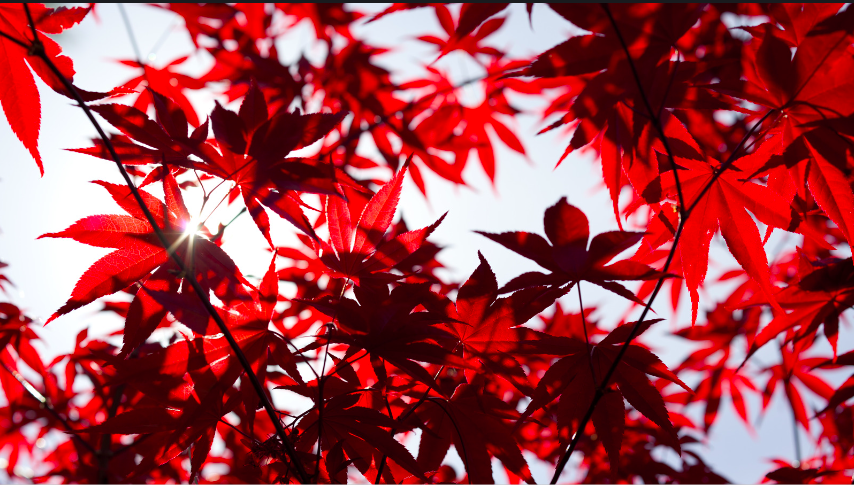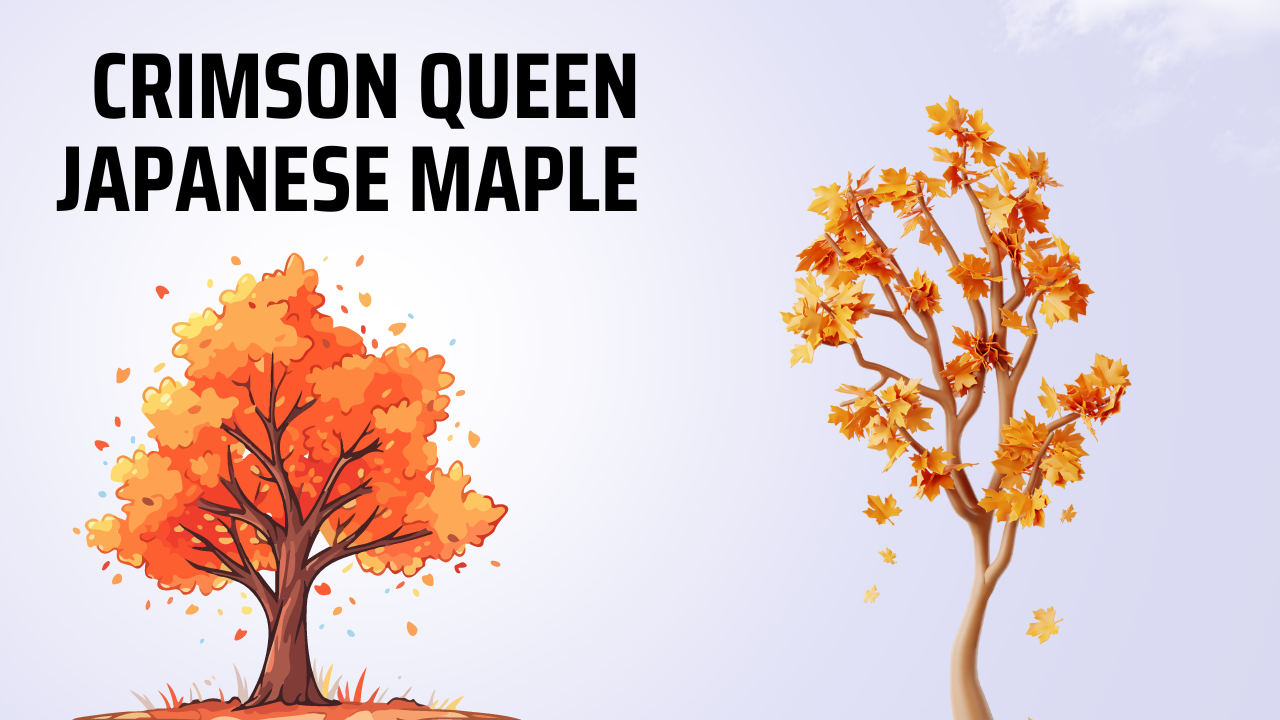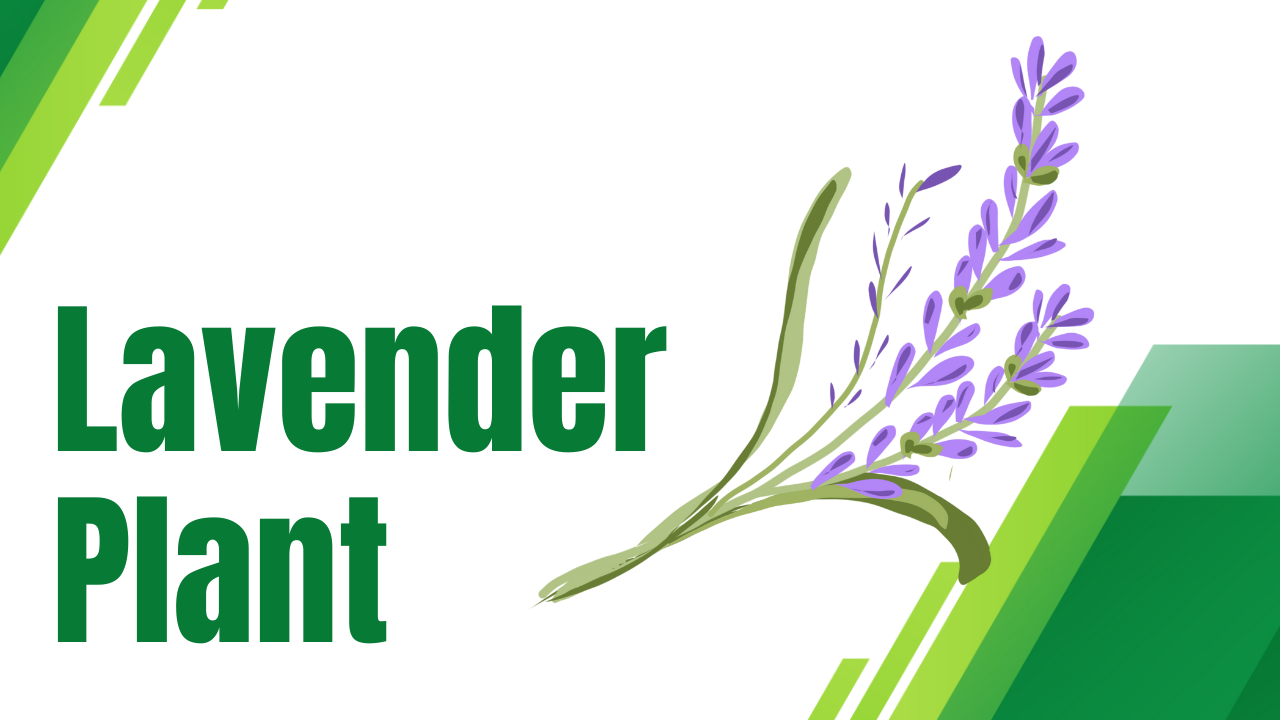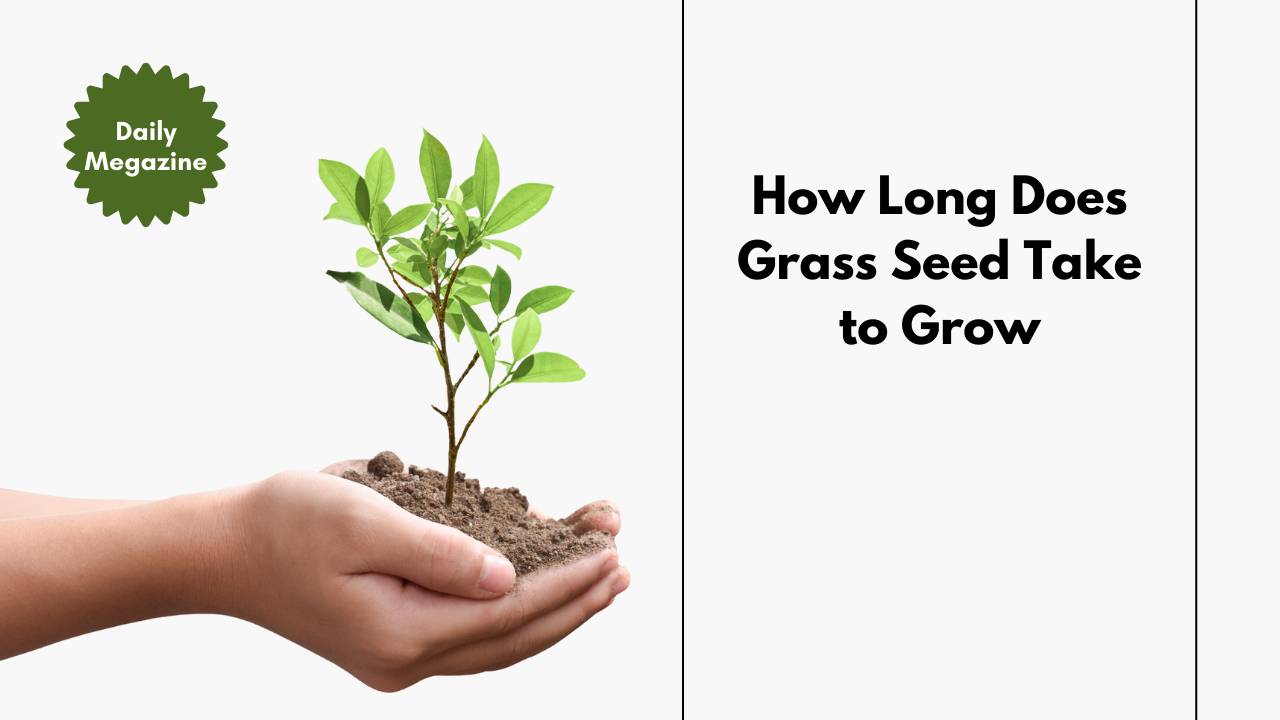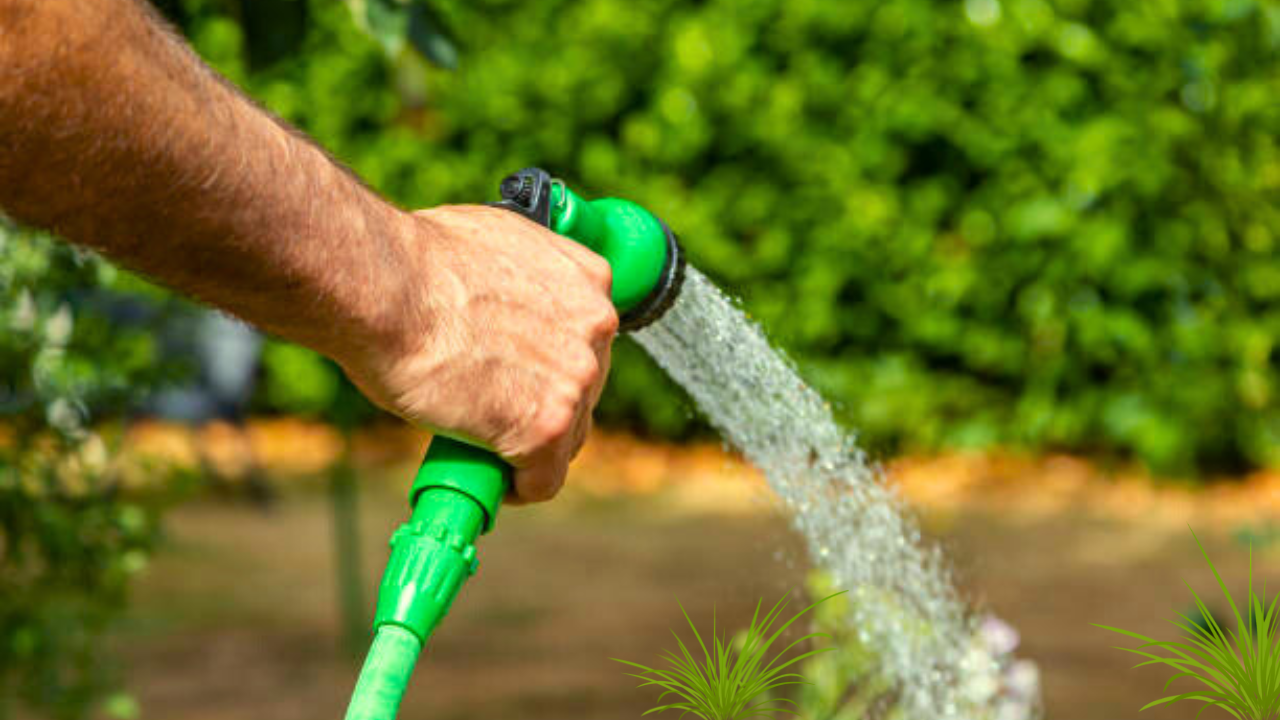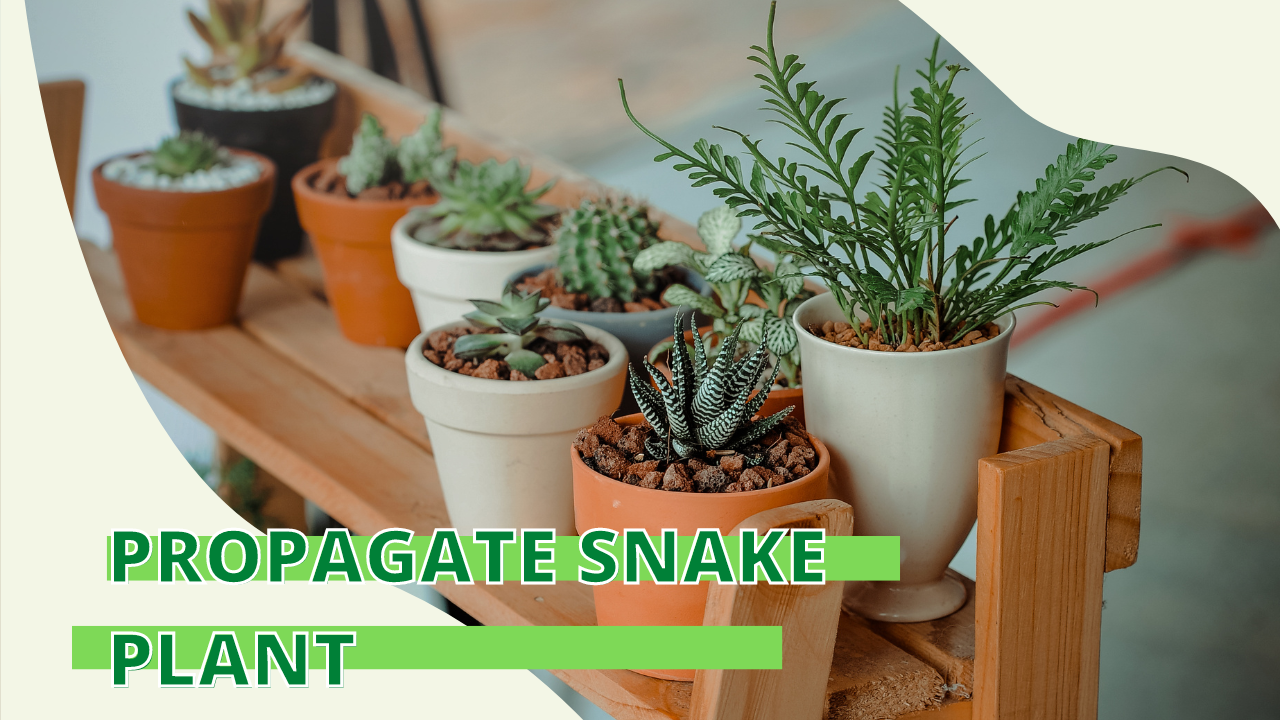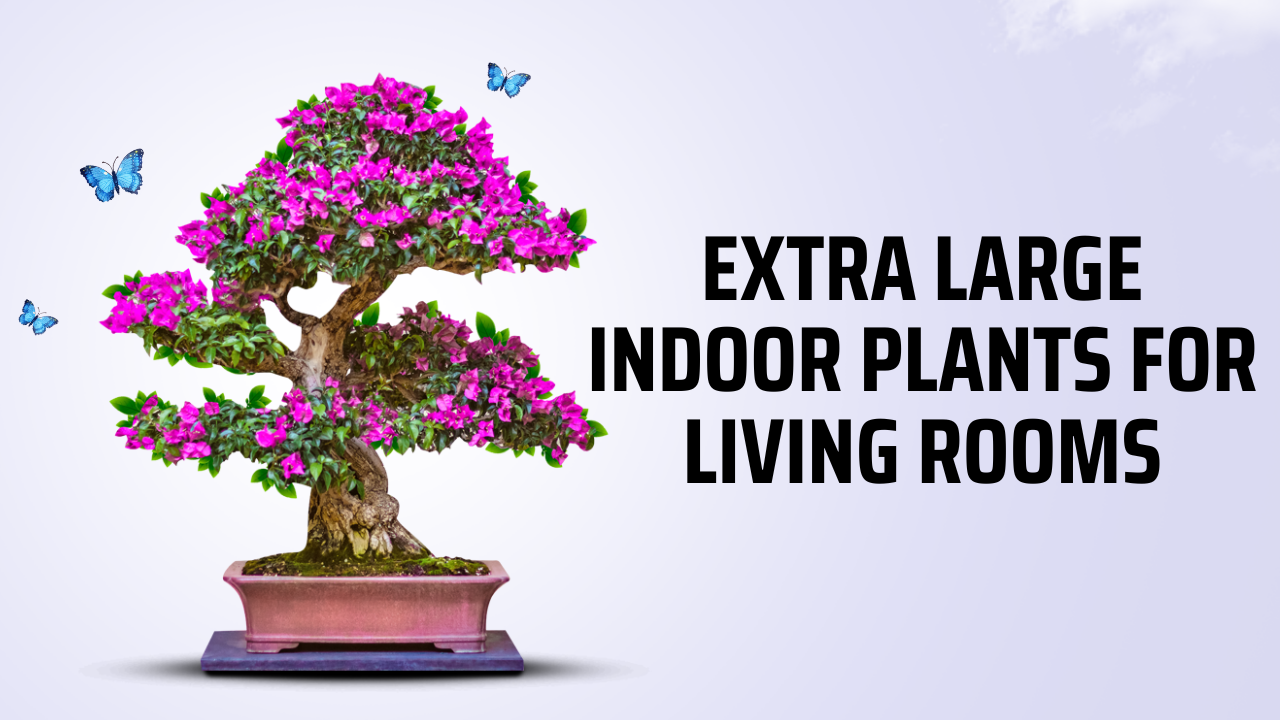When you think of tranquility and elegance in a garden, the Japanese Red Maple (Acer palmatum) is sure to come to mind. This small to medium-sized deciduous tree has enchanted nature lovers and gardeners alike with its stunning foliage and graceful form. Often a centerpiece in Japanese gardens, it’s not just a plant; it’s a living artwork that captures the spirit of nature’s beauty.
Across the globe, the Japanese Red Maple has made a name for itself beyond the serene landscapes of Japan. From suburban backyards to expansive public parks, its vibrant hues and delicate structure make it a popular choice for ornamental use. The aesthetic value of this tree goes hand in hand with its cultural significance; it embodies the Japanese philosophy of harmony and balance, reminding us of the beauty found in simplicity and nature’s cycles.
Characteristics
Size and Shape
The Japanese Red Maple typically stands between 15 to 25 feet tall, making it a perfect choice for various garden sizes. Its graceful width can reach up to 15 feet, allowing it to fill a space beautifully without overwhelming it. As it matures, the tree develops a rounded canopy that resembles a delicate dome, offering a sense of shelter and serenity to its surroundings. Whether standing alone or part of a larger landscape, this tree has an undeniable presence.
Leaves
One of the most captivating features of the Japanese Red Maple is its leaves. Each leaf is deeply lobed, typically featuring five to nine-pointed lobes that seem to dance in the breeze. The color palette is as rich as it is varied; in spring, the leaves emerge in vibrant greens, transitioning to deep reds or purples as summer rolls in. As autumn approaches, the tree bursts into a spectacular display of reds, oranges, and yellows, transforming any garden into a canvas of color.
Flowers and Fruits
In spring, the Japanese Red Maple unveils clusters of small flowers, usually in shades of red or purple. These delicate blooms are not just a feast for the eyes; they also give way to winged seeds known as samaras. These seeds not only contribute to the tree’s reproduction but also attract an array of wildlife. Birds and squirrels are drawn to the tree, creating a lively atmosphere as they flit around, enjoying the bounty.

Cultivation
Growing Conditions
If you’re thinking of adding a Japanese Red Maple to your garden, knowing its preferred growing conditions is essential. These trees thrive in partial shade to full sun, making them versatile enough to fit into various garden designs. They prefer well-drained, moist soils that are slightly acidic, mimicking the conditions of their native understory habitats in Japan.
Care Requirements
Once established, the Japanese Red Maple requires minimal maintenance, allowing you to enjoy its beauty without constant fuss. However, it’s important to keep the tree hydrated, particularly during dry spells. Regular watering will help it flourish, especially in warmer climates. To ensure optimal health, mulching around the base can help retain moisture and regulate soil temperature. Pruning is also beneficial, allowing you to shape the tree and remove any dead or crowded branches, keeping it healthy and looking its best.

Popular Cultivars
The Japanese Red Maple boasts a rich variety of cultivars, each offering its unique charm and appeal. Here are a few standout options that garden enthusiasts often seek out:
Bloodgood
Perhaps the most well-known cultivar, ‘Bloodgood’ captivates with its deep red leaves that retain their vibrant hue throughout the growing season. This variety is not only visually striking but also offers exceptional hardiness, making it a favorite for gardeners who want a splash of color that lasts.
Dissectum Atropurpureum
For those looking for something compact yet equally stunning, ‘Dissectum Atropurpureum’ is the answer. This variety features finely cut, lace-like leaves that take on a rich red hue, creating an intricate visual texture. Its smaller size makes it perfect for smaller gardens or as an accent in larger landscapes.
Osakazuki
If you desire dramatic seasonal change, ‘Osakazuki’ is a must. This cultivar boasts large, lush green leaves that transform into brilliant red in autumn, providing a breathtaking display. Its robust growth habit makes it a popular choice for those looking to make a statement in their garden.

Sango Kaku
Known as the “Coral Bark Maple,” ‘Sango Kaku’ is unique for its striking red stems that stand out in winter. Coupled with its vibrant fall foliage, this cultivar offers year-round interest, making it a versatile addition to any landscape. Its graceful form and colorful bark provide a beautiful contrast against the winter landscape.
Historical Context
The journey of the Japanese Red Maple to the West began in 1820, marking the start of its transformation into a beloved ornamental tree beyond Japan. As it was introduced to Western gardens, its delicate beauty quickly captured the hearts of horticulturists and garden enthusiasts alike, becoming a staple in landscapes across Europe and North America.
Culturally, the Japanese Red Maple holds a special significance in Japan. The term “Momiji,” which refers to the tree, also embodies the concept of beauty in change. It translates to “baby’s hands” or “becomes crimson leaves,” capturing the delicate nature of the tree’s foliage and the seasonal transformation it undergoes. This duality of meaning highlights the appreciation for nature’s cycles and the profound connection between beauty and impermanence in Japanese culture.
Through its history and cultural significance, the Japanese Red Maple continues to be a symbol of elegance and tranquility, inviting us to pause and appreciate the beauty of our natural surroundings.
FAQs about the Japanese Red Maple Tree
What are the ideal growing conditions for a Japanese Red Maple?
Japanese Red Maples thrive in partial shade to full sun and prefer well-drained, moist, slightly acidic soils. They are adaptable but flourish in environments that mimic their native understory habitats in Japan.
How tall do Japanese Red Maples grow?
These trees typically reach heights of 15 to 25 feet (4.5 to 7.5 meters) and can spread up to 15 feet (4.5 meters) wide. Their rounded canopy becomes more pronounced as they mature.
When do Japanese Red Maples change color?
The leaves of Japanese Red Maples begin to change color in the fall, transforming into vibrant reds, oranges, and yellows. The timing can vary based on climate and specific cultivars, but generally, this transformation occurs in late September to early November.
How often should I water my Japanese Red Maple?
Once established, Japanese Red Maples require minimal maintenance. However, regular watering is crucial, especially during dry spells or in warmer climates. Aim to keep the soil consistently moist but not waterlogged.
Do Japanese Red Maples require pruning?
Pruning is recommended to maintain the shape of the tree and to remove any dead or crowded branches. This is best done in late winter or early spring before new growth begins.
What are some popular cultivars of Japanese Red Maple?
Some notable cultivars include:
- ‘Bloodgood’: Known for its deep red leaves and excellent color retention.
- ‘Dissectum Atropurpureum’: A compact variety with finely cut, lace-like leaves.
- ‘Osakazuki’: Features large green leaves that turn bright red in fall.
- ‘Sango Kaku’: Recognized for its striking red stems in winter and brilliant fall color.
Are Japanese Red Maples deer-resistant?
While no plant is completely deer-proof, Japanese Red Maples are generally considered to be deer-resistant due to their taste. However, hungry deer may still nibble on them if food is scarce.
Can Japanese Red Maples grow in containers?
Yes, Japanese Red Maples can be successfully grown in containers, making them suitable for patios or small gardens. Be sure to use a large enough pot and ensure proper drainage.
What pests or diseases should I watch out for?
Japanese Red Maples are relatively pest-resistant, but they can be susceptible to aphids, spider mites, and scale insects. Fungal diseases like powdery mildew may also occur in humid conditions. Regular monitoring and proper care can help prevent these issues.
What is the cultural significance of the Japanese Red Maple?
In Japan, the term “Momiji” not only refers to the Japanese Red Maple but also embodies the beauty of autumn leaves. It symbolizes the appreciation of nature’s transient beauty and the changing seasons, reflecting deep cultural values.
